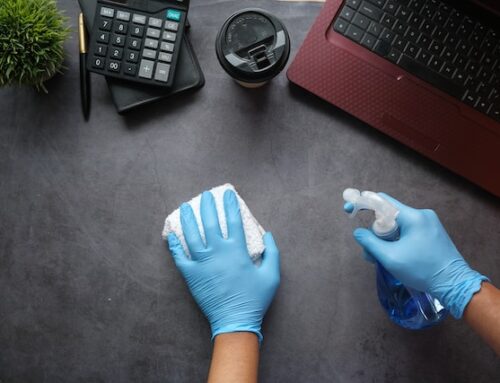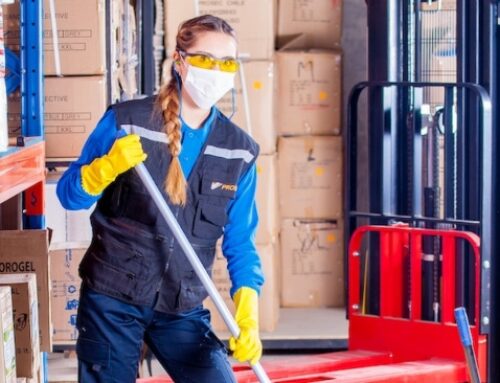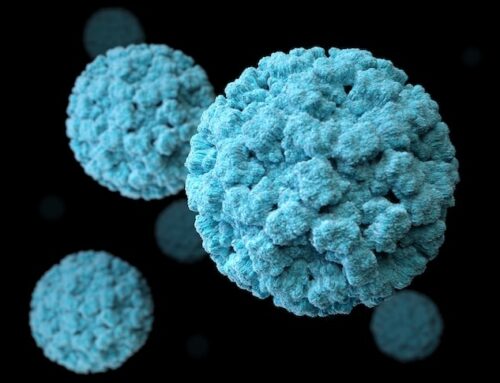Three Factors that Contribute to Poor Indoor Air Quality
Are you wondering if your building’s indoor air quality is poor or good?
Are the occupants in the building sneezing and getting sick often?
In this article we describe three contributing factors to poor IAQ (indoor air quality) and what you can do to fix it.
Have you ever stopped to consider what is in the air that we breathe in our workplace? Did you know that the USGBC estimates that we spend 90% of our time indoors? IAQ (indoor air quality), is affected by many factors that can be a direct result of sickness, allergies and absenteeism in the workplace. Indoor air quality testing can be done by certified evaluators that will test your home or office and provide a comprehensive and easy to understand scientific reports with suggested solutions to any environmental issue you may be experiencing (see see www.RJFEnvironmental.com for Boca Raton, FL Indoor Air Quality Testing).
Some small, yet large factors that contribute to poor indoor air include:
- Soot
- Bacteria
- Allergens
- Paper dust
- Mold
- Dust mite droppings
- Skin flakes
- Dust that is brought in from the outdoors, such as: pollen, spores, various natural environmental toxins (arsenic, lead, and lithium), pesticides and fertilizers
Fortunately, technology facilitates the removal of all the above listed air pollutants by using HEPA filtered vacuums by capturing the above items in the multiple levels of filtration, facilitating their disposal. Microfiber has magnetic-type qualities that make the above items adhere to the microfiber cloths, tools and mops, thereby improving the cleanliness of all surfaces. As a result, frequent and proper use of these tools improves the indoor air quality which reduces health care costs, reduces sick days and results in a healthier and more productive staff!
#1 CARPET
The single most important step to reduce dirt and dust that gets embedded in carpets is to use entrance mats throughout the facility. 70%-80% of dust, grime, and dirt in a building is tracked in from the outside on people’s feet! ISSA (the Worldwide Cleaning Organization) estimates that the cost to remove one pound of dirt from a building is in excess of $600 in cleaning costs. Entrance mats will capture most of this dirt and when using a proper vacuum strategy, dust can be captured before it even migrates throughout the building. A combination of backpack vacuums (for hard to reach areas) and corners with stand-up vacuums, work well. However, HEPA filters are a must to remove particles as small as 0.3 microns. Think of the carpets as the “lungs” of the building!
#2 HARD FLOORS
Dust mopping or backpack vacuuming? Did you know that backpack vacuums are best for hard floors? The more dust particles removed from the building [by vacuuming the floor] the more efficient the damp mopping becomes by leaving clean floors free from dust particles. An additional benefit is that vacuuming removes more fine grit, which when carried and spread via foot traffic, requires increased floor maintenance.
#3 HIGH DUSTING/VACUUMING
Dusting should be done by moving from high areas to low areas to minimize the spread of dust. The utilization of backpack vacuums, for many tasks, including the cleaning of vents, high sills and blinds is very efficient. Combined with microfiber wands that bend and extend, both tools keep surfaces clean and free of dust, instead of redistributing it. Remember that what is up will come down!
We want to hear your thoughts!
What procedures does your building implement to improve indoor air quality?




